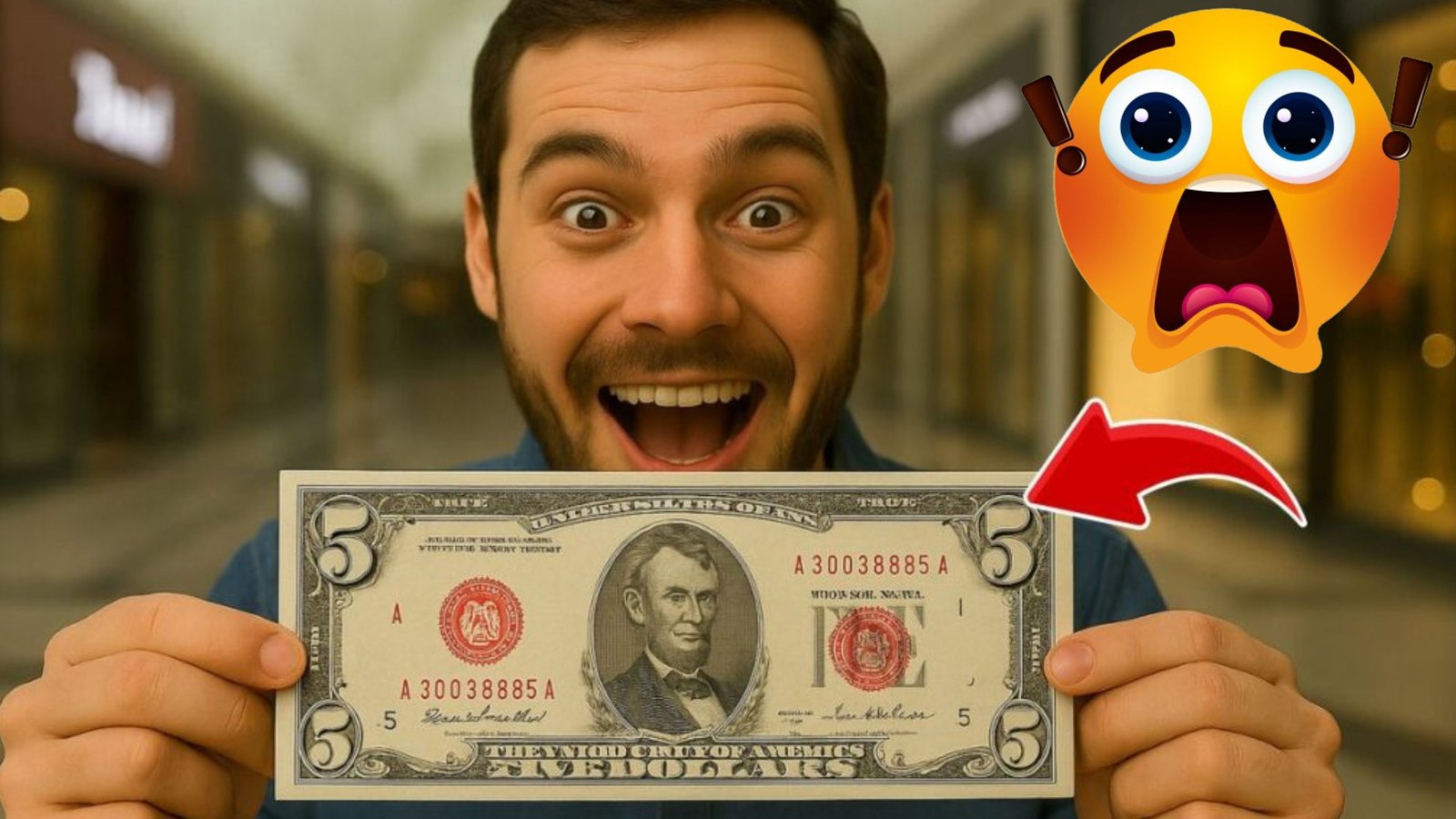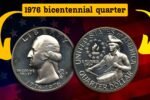$5 Bill : What looks like an ordinary $5 bill could actually be worth nearly a million dollars. Yes, one incredibly rare and error-printed $5 bill has been valued at $880,000 — and it might just be hiding in someone’s wallet right now. The bill’s deceptively normal appearance masks an extraordinary anomaly that makes it one of the most valuable paper currency finds in recent history.
Why It Looks Like Any Other $5 Bill
At a glance, this rare $5 bill appears identical to every other bill in circulation. It features the familiar portrait of Abraham Lincoln, green and black ink, standard layout, and common design used in modern U.S. banknotes. But it’s exactly this normal appearance that makes the story so fascinating — because most people would pass it by without ever knowing its true worth.
What Makes This $5 Bill Worth $880,000?
The sky-high value of this $5 bill comes from a printing error, which occurred during its production at the Bureau of Engraving and Printing. Such errors are rare, especially when they involve misprints like double serial numbers, inverted seals, off-center images, or even incorrect paper stock. These types of bills are usually caught and destroyed — but when one escapes, it becomes a collector’s dream.
This particular note also combines rarity with pristine condition, which increases its value dramatically. The fact that it survived uncirculated, or lightly circulated, with the error intact is what makes it potentially worth $880,000.
How Was It Found?
According to sources close to the discovery, the bill was found by a casual collector who withdrew cash from an ATM. Something about the note looked slightly off — possibly the serial number or ink alignment. The collector took it to be appraised, and experts quickly realized it was an extraordinary misprint. Graded and authenticated, it was soon valued at nearly nine hundred thousand dollars.
Why Are Error Bills So Valuable?
Currency error collectors, or notaphilists, prize these bills because of how rare they are. The U.S. government takes extensive precautions to prevent flawed notes from entering circulation. When one makes it out, especially in good condition, it becomes a museum-level find. If it also carries a low serial number, a rare print year, or a unique misprint pattern, its price can skyrocket.
Could You Have One Without Knowing It?
The exciting part is that yes, it’s possible. Many people don’t examine their money closely, and error bills are often mistaken for poorly printed or worn-out notes. That means rare bills may be unknowingly passed in change at grocery stores, vending machines, or between collectors who don’t recognize the signs. The chances are slim, but real — and that’s what keeps the hunt alive.
Frequently Asked Questions (FAQs)
Q1: What kind of error was on the $880,000 bill?
A: While exact details aren’t public, experts believe it featured a rare serial number misprint combined with design misalignment and potentially an ink error.
Q2: How do I know if my $5 bill is rare?
A: Look for mismatched or inverted serial numbers, misaligned prints, off-center images, or irregular ink. If something looks off, have it professionally appraised.
Q3: Who authenticates rare currency?
A: Major grading services like PMG (Paper Money Guaranty) and PCGS Currency specialize in authenticating and grading rare paper money.
Q4: Do I need to preserve the bill a certain way?
A: Yes, keep it flat, dry, and untouched by hands as much as possible. Store it in a plastic currency sleeve to avoid damage.
Q5: Can I still find valuable $5 bills in circulation?
A: Yes, although rare, some error notes are still in circulation or stored in old collections and estates.




